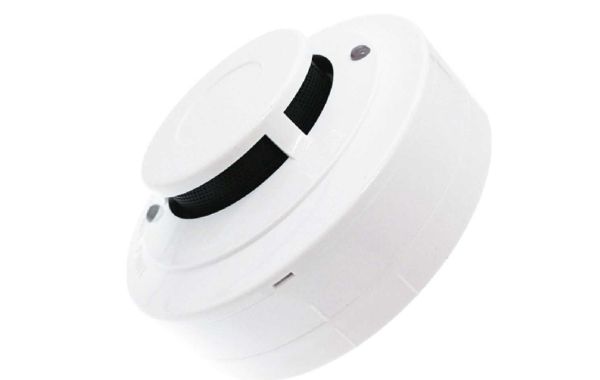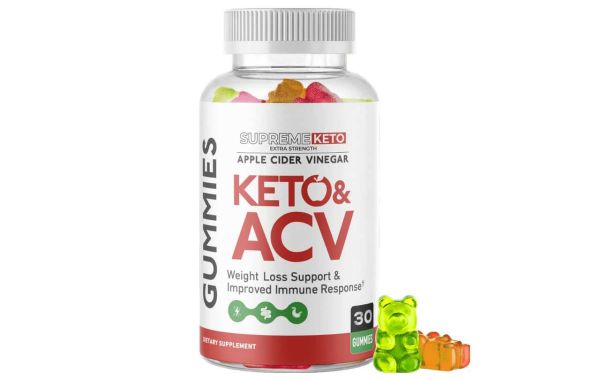We've noticed that businesses always try to find the right mix between traditional marketing and modern style. Turning your logo into a custom neon sign could be the perfect solution. How neon signs are made has changed a lot—they're no longer just practical signs but powerful branding tools that grab attention and leave a lasting impression.
Having helped many businesses with signage, I've seen how a well-made neon logo can greatly increase brand recognition. However, turning a digital logo into a glowing neon sign isn't always simple—there are important decisions, steps, and design choices that can affect the success of your investment.
Why Your Brand Should Have a Neon Logo Sign
The business world is very competitive, and we all know that. A custom neon sign with your logo immediately grabs attention in stores, restaurants, or offices.
Studies show that Nike’s glowing LED neon "Just do it" sign helped boost their sales from $877 million to over $9 billion. While not every business will see such huge gains, the idea is clear: standing out visually matters.
Neon signs have benefits over regular signs:
- They can be seen day and night, so your brand is always noticed
- Their unique glow makes them more memorable than flat signs
- They show off a certain brand style—whether it’s classic, modern, or creative
- They last a long time (usually 8-12 years for good quality) and give great value for the money
Most importantly, a neon logo sign keeps your visual branding consistent. When customers see your logo lit up in your signature colors, they recognize your brand without even thinking about it.
Traditional vs. LED Neon: Choosing the Right Option
Before you begin, pick between classic glass neon and newer LED neon. Both have benefits, and I've seen great examples of both in businesses.
Traditional Glass Neon
Neon signs are made from glass tubes filled with gases like neon (red) and argon (blue when mixed with mercury).
Making these signs is like an art, done by skilled workers who:
- Bend glass tubes by hand over very hot flames (about 650°C/1200°F)
- Attach electrodes to the tubes
- Remove air and add specific gases
- Connect the tubes to transformers that change regular voltage to the high voltage needed
The result is a warm, glowing light that’s become a classic for advertising. However, traditional neon signs can be fragile, use more electricity, and get hot when on.
LED Neon
LED neon signs, also called "faux neon," use LED lights inside flexible tubes to copy the look of traditional neon signs. The process is different:
- The design is turned into a template
- Flexible LED strips are bent to fit the design
- The LEDs are attached to a backing board
- The system is plugged into regular electrical outlets
LED lights save energy, last longer (made from acrylic, not glass), and stay cooler. Many businesses choose LED for logo signs because it allows for better color matching and detail, which is important for neon signs for branding.
Getting Your Logo Ready for Neon
Not every logo works well as a neon sign without some changes. I've seen designers simplify detailed logos to make them suitable for neon.
Start by looking at your logo with these points in mind:
- How detailed it is: Very detailed parts might need to be simpler
- Font style: Thin or separate letters may need adjusting
- Colors: Think about how your brand colors will look in neon (some colors are easier to create than others)
Talking with neon sign experts before you finalize your design is a good idea. They’ll probably ask about:
- The exact Pantone colors you want
- The size and shape of the sign
- Whether it will be used indoors or outdoors
- If you want dimming or animation features
Be ready to make some changes during this process. For example, one client had to tweak their script-style logo so all the letters connected, which is needed for the electricity to flow through the neon sign properly.
How Traditional Glass Neon Signs Are Made
If you picked the classic glass neon sign, the making process follows a careful method that hasn't changed much over the years. Here's what to expect:
1. Design Preparation and Template Creation
The first step is to turn your logo into a full-size template, usually printed backward on fire-resistant paper. This template guides the glass bender during production.
2. Shaping the Glass Tube
A craftsman marks where to bend the glass tubes, then heats each part over a ribbon burner until the glass is soft. Using skill, they bend the tube to follow the template’s curves, checking the shape.
After each bend, they blow into the tube to keep its width steady. This is careful work—every curve must be exact for the sign to light up correctly.
3. Attaching Electrodes and Filling with Gas
After shaping the glass to fit your logo, electrodes are attached to both ends of each tube. The tubes are then hooked up to a pump that:
- Removes all the air to create a vacuum
- Fills the tubes with the right gases (neon for red, argon with mercury for blue, or mixes with colored glass for other colors)
- Sends an electric current to check the light
4. Final Assembly and Backing
The back of the sign is usually painted black to make it easier to see. The tubes are attached to a backing board using clear clips. Finally, the electrodes are connected to transformers that change normal voltage into 3,000-15,000 volts needed to light the sign.
Making LED Neon Logo Signs
LED technology has changed how we make neon signs, making it simpler and more flexible to create custom logo signs. Here's how it usually works:
1. Digital Preparation
Your logo is turned into a digital file and improved using design software. The design is then printed or transferred to use as a guide.
2. Cutting Acrylic and Making Channels
For many LED neon signs, a laser cutter is used to make:
- A front acrylic sheet with the logo design
- A back sheet with grooves to hold the LED strips and wires
These sheets must be lined up carefully to look neat in the final product.
3. LED Installation
Flexible LED strips are gently placed into the channels, following the shape of your logo. The ends of the LEDs are set up so wires can go through holes already made in the backing sheet.
4. Wiring and Testing
The LEDs are connected in a circuit and hooked to a power source. Modern LED custom neon signs often have features like:
- Dimming options
- Color changes
- Remote controls or smart device connections
Each sign is powered on for over 24 hours to ensure everything works well and spot any problems.
Best Spots to Place Your Logo Neon Sign for Maximum Impact
After your custom neon sign is ready, it's very important to choose where to put it. Many businesses have great signs, but place them in spots that don’t get noticed.
Try these ideas for placing your sign:
- Storefront windows: Attract people walking by with signs in your windows
- Reception areas: Make a strong first impression when customers walk in
- Behind service counters: Remind customers of your brand during interactions
- Trade show booths: Help your booth stand out instantly
- Social media backgrounds: Create a spot for photos that people will want to share
Think about the height, lighting, and angle. Putting the sign at eye level usually works best for stores, but higher spots can help in bigger spaces.
Keeping Your Brand Consistent
Turning your logo into a neon sign helps people recognize your brand, so staying consistent is very important. To make sure your neon sign for branding matches your overall brand:
- Use exact colors: Give your maker the exact Pantone color codes.
- Keep the same shape: Your neon logo should have the same layout as your main logo.
- Think about placement: Make sure the neon sign fits well with other branded items.
- Write down details: Keep clear records of the colors and sizes for future signs or new locations.
Brand consistency doesn’t mean you can’t make small changes. Some companies tweak their neon logos to highlight parts that look great when lit up, while keeping the brand recognizable.
Real-World Success Stories
Camden Pizza
Camden Pizza put up a bright LED neon sign above its counter and saw a big increase in customers. The colorful sign attracted people walking by from nearby stores and helped Camden Pizza stand out in a busy area.
Tech Startups
Tech startups often use neon logo signs in their offices. These signs help remind employees of the brand and create cool backgrounds for photos people share on social media, spreading the brand’s reach.
Coffee Shop Example
A coffee shop I worked with added their logo in LED neon and found that many customers said they noticed the sign from across the street. This shows that good signs bring people inside.
Making Your Neon Logo Last
Technology keeps changing, and today’s custom neon signs have features that older ones didn’t. When creating your neon logo, think about:
- Smart features you can control with apps
- Energy-saving LEDs that cut costs
- Modular designs that can be updated if your logo changes
Good LED neon signs can last over 50,000 hours, making them a solid long-term investment. Still, set aside a budget for occasional updates to keep your sign looking bright and sharp, since even the best signs need a refresh now and then.
Thanks to new technology, making neon signs is easier and more affordable than before. What used to be only for big companies is now available to businesses of all sizes.
Whether you pick classic glass or modern LED, turning your logo into neon creates a strong visual that works all day and night to boost brand recognition and catch attention.
Have you thought about how your logo would look as glowing neon? It could be the visibility boost your brand needs.







